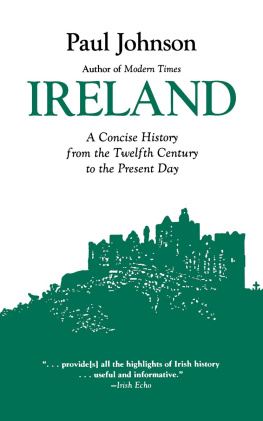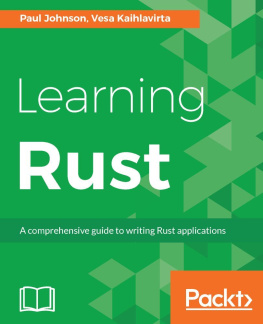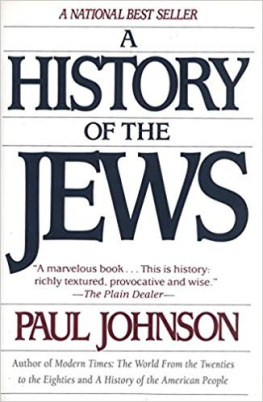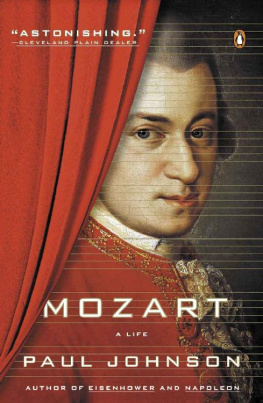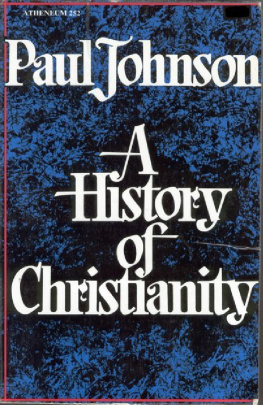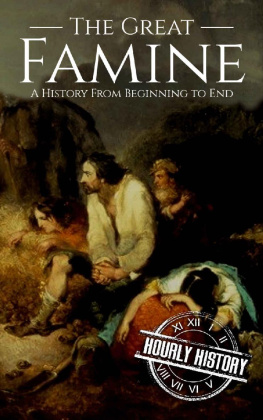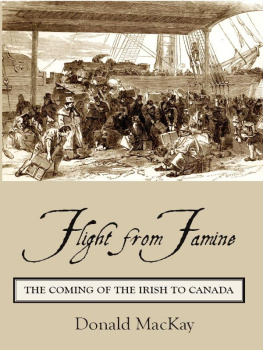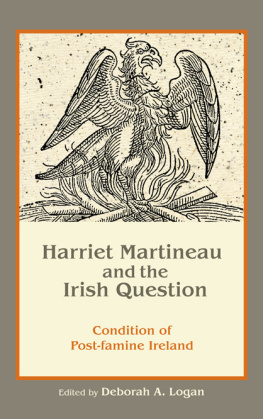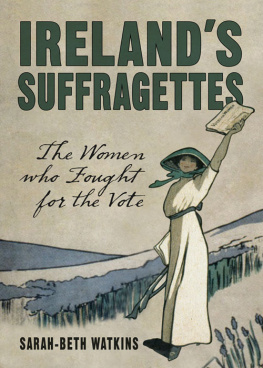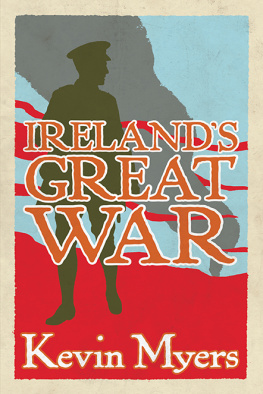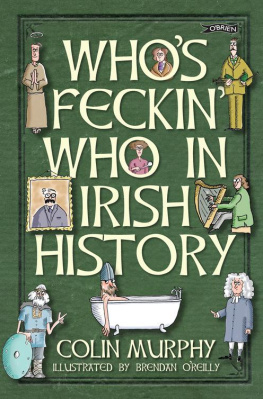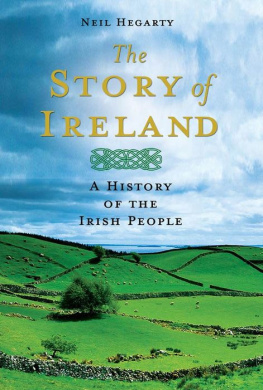About the Author
Paul Johnson, former editor of the New Statesman, is among Britains foremost writers on politics and current affairs. His considerable reputation as an historian has been established through such highly acclaimed works as A History of Christianity, A History of the Jews, Modern Times and Intellectuals. He was educated at Oxford and has written for the London Times, New York Times, Wall Street Journal, Washington Post, Time, LExpress, and Die Welt.
Also by Paul Johnson
Ireland: Land of Troubles
Elizabeth I
Pope John Paul II and the Catholic Restoration
A History of Christianity
A History of the Jews
A History of the English People
Saving and Spending: The Working-Class Economy in Britain, 18701939
Consolidated Gold Fields: A Centenary Portrait
Killing the Blues
Modern Times: The World from the Twenties to the Eighties
Intellectuals
Academy Chicago Publishers
363 West Erie Street
Chicago, Illinois 60610
Copyright 1980 by Paul Johnson
First Printing 1984
Second Printing 1992
Third Printing 1996
Printed and bound in the U.S.A.
No part of this book may be reproduced in any form without the express written permission of the publisher.
Library of Congress Cataloging-in-Publication Data
Johnson, Paul, 1928
[Ireland, land of troubles]
Ireland: a history from the twelfth century to the present day/Paul Johnson.
p. cm.
Reprint. Originally published: Ireland, land of troubles, London: Eyre Methuen, 1980.
Includes bibliographical references and index.
ISBN 0-89733-123-0:
1. IrelandHistory I. Title.
[DA910J64 1990]
941.5dc20
90-1067
CIP
Contents
Index
Illustrations
Between .
MAPS
from Report of the Irish Boundary Commission 1925 (Irish University Press).
Too long a sacrifice
Can make a stone of the heart.
O when may it suffice?
William Butler Yeats
TO
TOM CASSIDY
Entrepreneur and Master of Hounds
CHAPTER 1
Gaelic Ireland and the English Pale
The English presence in Ireland arose from the failure of Irish society to develop the institution of monarchy. The Irish, of course, had kingship; too much of it, indeed. The chief kings were those who held Meath and Leinster, Munster, Connaught and Ulster; but between the fifth and twelfth centuries, with a population which never exceeded 500,000, Ireland had about 150 kings at any given date, each ruling over a tuath or tribal kingdom. A chanson degeste describing the Anglo-Norman invasion of the twelfth century says
En yrland event reis plusur
Cum alures erent les cunturs
(In Ireland there were as many kings as counts elsewhere).spirit of the Church of Rome. The Hildebrandine reforms, called after their progenitor Archdeacon Hildebrand, later Pope Gregory VII, spread over Western Europe in the closing decades of the eleventh century. Pope Gregory sanctioned the Norman conquest of England by William I, who carried with him the credentials of a crusader and a papal command to reform the English church, regarded by Rome as corrupt, heretical and schismatic. This William did, under his great Archbishop of Canterbury Lanfranc; and Norman barons also took the Hildebrandine programme to Scotland (under Queen Margaret) and to Wales. In every case these ecclesiastical reforms were accompanied by conquest and settlement. It was almost inevitable that the same pattern should be repeated in Ireland.
The essence of the papal reform was the establishment of strong bishoprics in the principal towns and cities, linked to Rome by a regular chain of command underwritten by canon law. In practice such reforms could only be achieved with the cooperation of powerful, centralizing monarchs. There was no possibility of such a monarchy evolving in native Ireland. There, kings were not merely myriad but limited in sovereignty by customary law guarded by a class of professional law-minders or brehons. The kings could not change the law: they could only interpret it. The bishops were mere functionaries of rural monasteries, under abbots drawn from the ranks of local ruling families. In practice, then, the many Irish communities were ruled not as monarchies but as triarchies, the law giving equal status to kings, chief brehons and abbots.
There were, however, modern-minded Irish churchmen who favoured reforms, chiefly in the Norse trading settlements established at Dublin, Waterford, Wexford, Cork and Limerick. These were the only towns in Ireland, largely
The synod, however, seems to have been a failure, and the death of Turloch in 1156 led to a period of secular confusion, of marching and countermarching until all Ireland, as the annalist put it, became a trembling sod.1155, Adrian issued a Bull, Laudabiliter, giving Henry authority to enter Ireland:
Laudably and profitably does Your Majesty contemplate spreading the glory of your name on earth [whereas] you have expressed to us your desire to enter the island of Ireland in order to subject its people to law and to root out from them the weeds of vice . We, therefore, meeting your pious and laudable desire with due favour and according a gracious assent to your petition, do hereby declare our will and pleasure that, with a view to enlarging the boundaries of the church, restraining the downward course of vice, correcting evil customs and planting virtue, and for the increase of the Christian religion, you shall enter that island and execute whatever may tend to the honour of God and the welfare of the land; and also that the people of that land shall receive you with honour and revere you as their lord .
The text of Laudabiliter does not survive in the papal archives and we have it only through the twelfth-century Expugnatio Hibernica (The Conquest of Ireland) written by the Welsh cleric Giraldus Cambrensis, and which is anti-Irish in tone.
What prompted Henrys intervention, fifteen years later, was the need to control his own feudatories. Dermot MacMorrough, King of Leinster, was a modernizer (and for that reason has been portrayed as a bad man by the Celtic monks who wrote the Irish annals). He wished to combine his Giraldus recounts that after Fitzstephen had helped Dermot to beat his enemies, the severed heads of some 200 of them were laid at the Kings feet. Then, to the disgust of Fitzstephen, he lifted up to his mouth the head of one he particularly loathed, and taking it by the ears and hair, gnawed at the nose and cheeks, a cruel and most inhuman act.
Strongbow himself came in August 1170, with 1,000 men, took Waterford and married Eva in its cathedral. Then he occupied Dublin. When Dermot died the following year, Strongbow asserted his claim to the kingdom of Leinster and made it good by winning a pitched battle on the banks of the Liffey outside Dublin. It was this event which provoked the intervention of Henry II. No doubt he was anxious to divert attention from the atrocious murder of Archbishop Becket in December 1170, by belatedly carrying out the Laudabiliter programme. But his chief motive was to stop Strongbow
In fact there was no fighting, and Henry was immediately acknowledged as lord by all concerned, Norman and Irish, lay and ecclesiastical. He called a council of kings and bishops at Cashel and, according to Giraldus, There the monstrous excesses and vile practices of that land and people were investigated, recounted at a public hearing and put into writings under the seal of the Bishop of Lismore, the papal legate, who on that occasion presided over all the others by virtue of his seniority.
Next page
